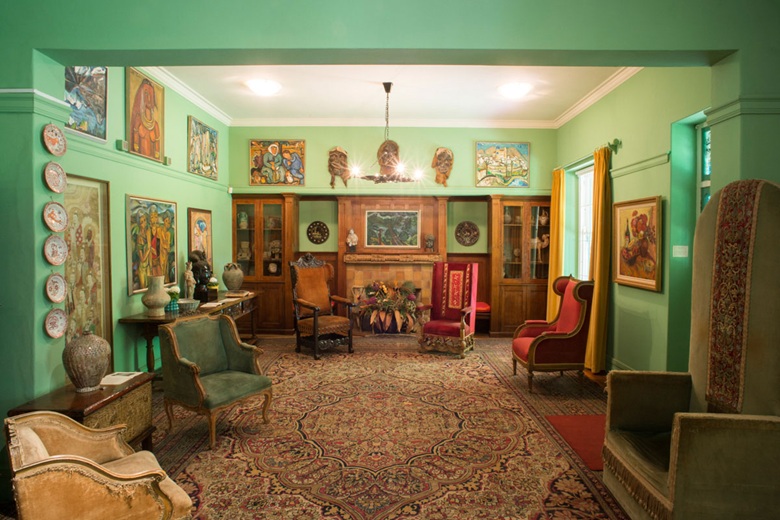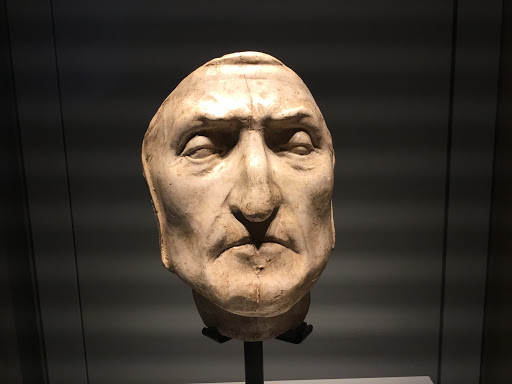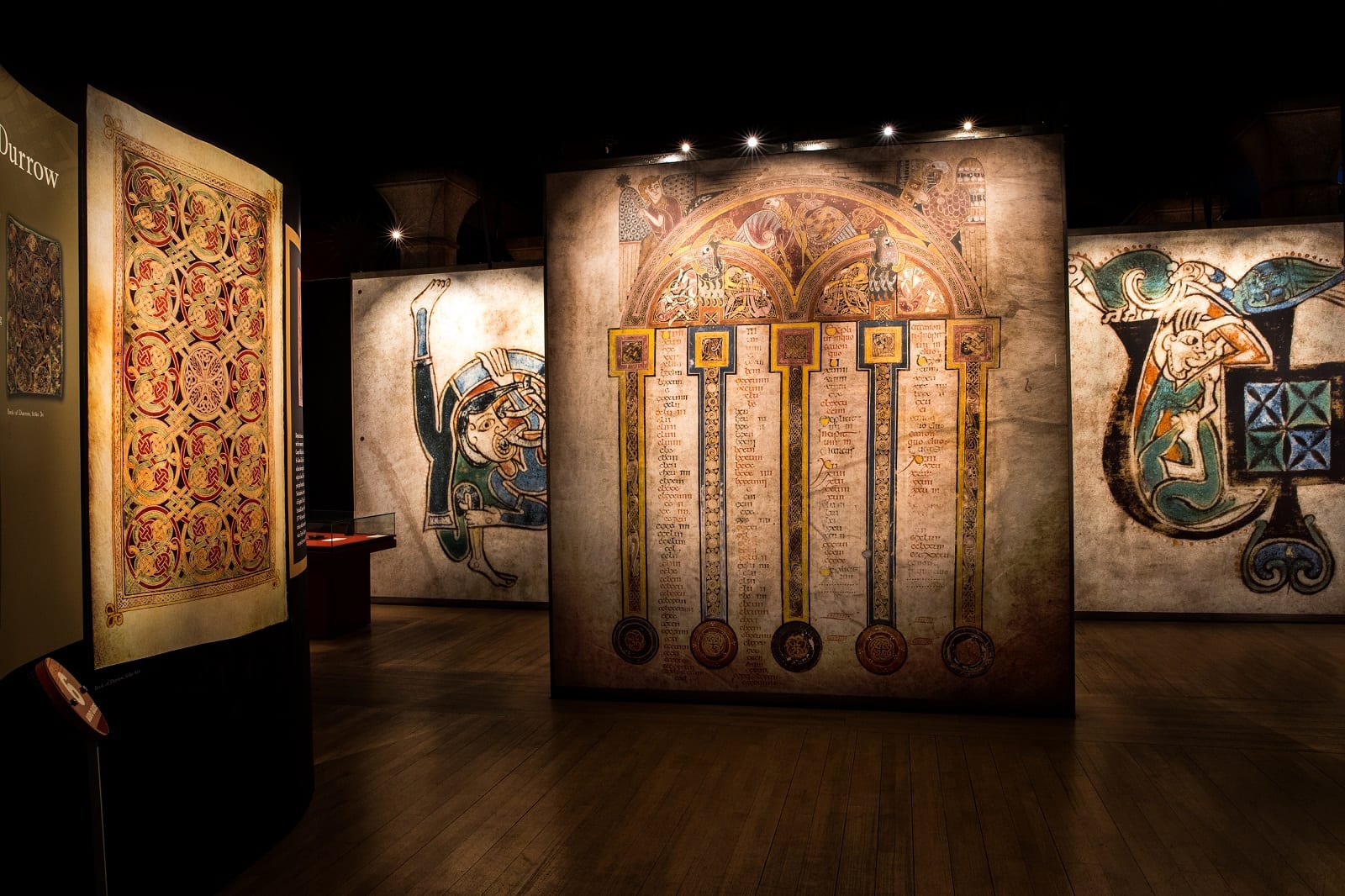Located in the sixteenth-century palace Bassi-Rathgeb, the Museum, arranged on three levels and divided into twenty rooms, exhibits the works that Msgr. Adriano Bernareggi, Bishop of Bergamo (1936 – 1953), has collected in the churches of the Diocese to document its history.
The collections are set up in a highly didactic path to testify, through masterpieces and artefacts of popular art, the cultural impact of Christianity in modern society (16th – 19th centuries).
In the itinerary there are paintings by L. Lotto, G. B. Moroni, D. Crespi, C. Ceresa, A. Vivarini, and many masters of the local schools together with antique fabrics and embroideries, high goldsmithery and polychrome wooden sculptures.
The Adriano Bernareggi Museum has been open since September 2000 in the Renaissance palace Bassi Rathgeb, donated by the Rathgeb heirs to the Diocese with the precise obligation to house a museum. The original nucleus of the collections has been collected, with great foresight, since the 1930s by Mons. Adriano Bernareggi, then Bishop of Bergamo. It predominantly reflects the culture of the 16th-19th centuries in the Bergamo area and illustrates essentially the period from the Council of Trent to Vatican II.
While exhibiting and re-reading its collections, the Bernareggi Museum promotes a better understanding of the historical and cultural environment in which almost all the artistic heritage present in the Bergamo area was born. Not a nostalgic operation, but an exercise in memory, an indispensable tool for understanding the present and thinking about the future.
The exhibition of the museum is composed of objects of liturgical use which are flanked by images of worship from both churches and oratories as well as from private homes and families come the many documents of popular piety that testify to the widespread presence of rites and common uses. Fragments of decorations from churches and convents alongside the numerous portraits of representatives of the clergy and evidence of the presence of the Church in Bergamo and in the Diocese lead the story of a story with its own and specific peculiarity and rhythm.













